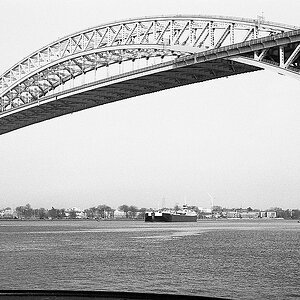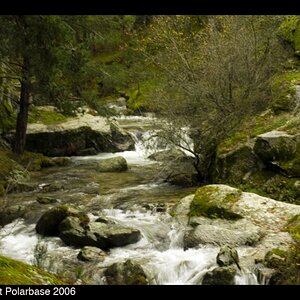ElizaMM
TPF Noob!
- Joined
- Aug 22, 2015
- Messages
- 106
- Reaction score
- 5
- Can others edit my Photos
- Photos OK to edit
Just read this: GEOMAGNETIC STORM PREDICTED: On Nov. 6th
Are others aware of this and how do you prepare? Apparently, Auroras should visible as far south as Maine, Michigan, and Washington. We are a bit north of there at 45° north and have never seen anything from this location, after such announcements - maybe this week will be different. I will set up my tripod and set the camera to 1600ISO, F4 (largest possible), 20s. Any other suggestions would be appreciated.
Are others aware of this and how do you prepare? Apparently, Auroras should visible as far south as Maine, Michigan, and Washington. We are a bit north of there at 45° north and have never seen anything from this location, after such announcements - maybe this week will be different. I will set up my tripod and set the camera to 1600ISO, F4 (largest possible), 20s. Any other suggestions would be appreciated.


![[No title]](/data/xfmg/thumbnail/32/32944-550374cc056b8618b47594b3cc6e1574.jpg?1619735777)

![[No title]](/data/xfmg/thumbnail/32/32945-a29b33c040ad72e4b783ea5e431cec65.jpg?1619735778)




![[No title]](/data/xfmg/thumbnail/34/34344-0b42e0e92ad436e6710a1b9c4585d6df.jpg?1619736379)


![[No title]](/data/xfmg/thumbnail/37/37629-fa70c9f81cc7da4d6a9b512502f9bf84.jpg?1619738155)
![[No title]](/data/xfmg/thumbnail/34/34346-f7996f51f0624620cfd54a488abeacf9.jpg?1619736382)